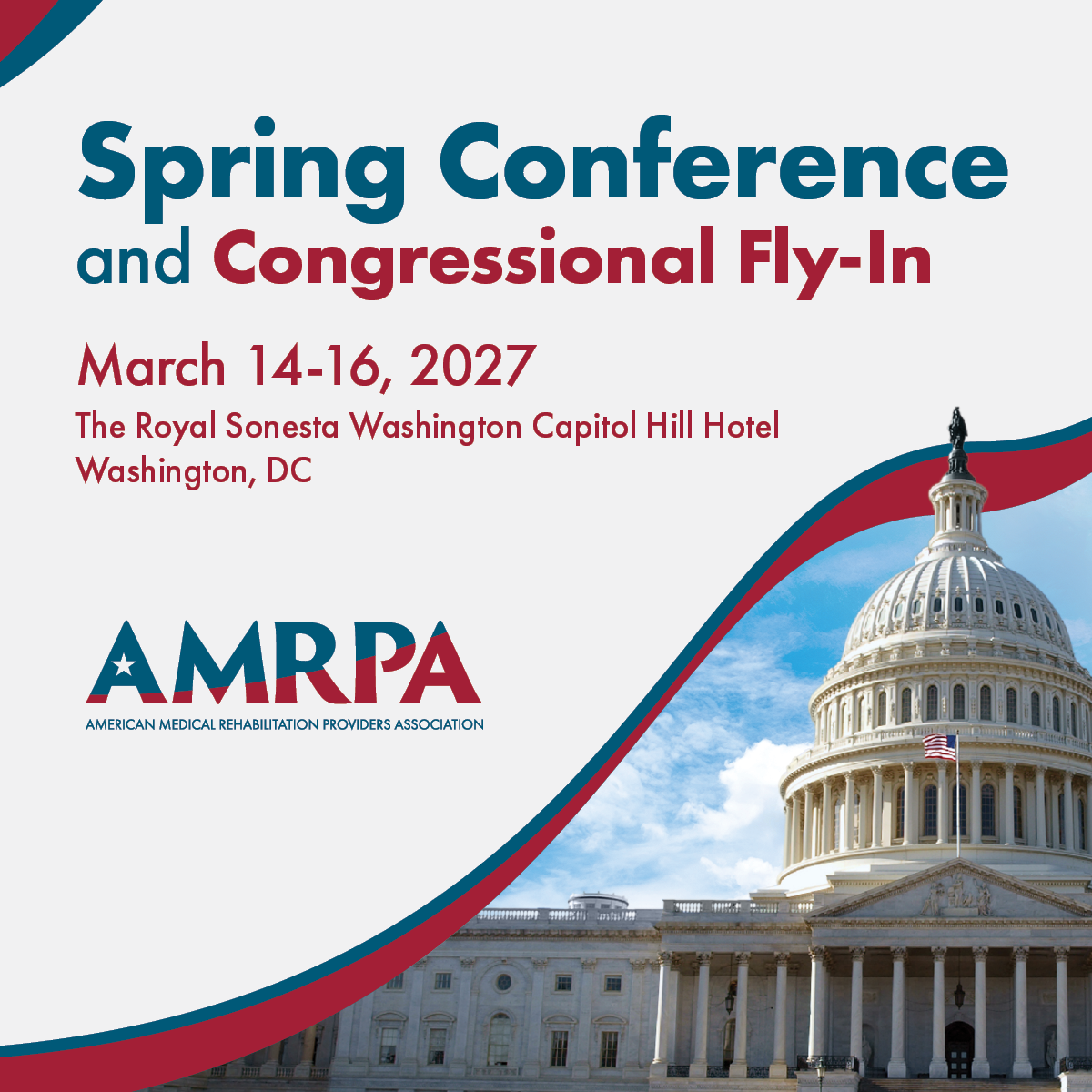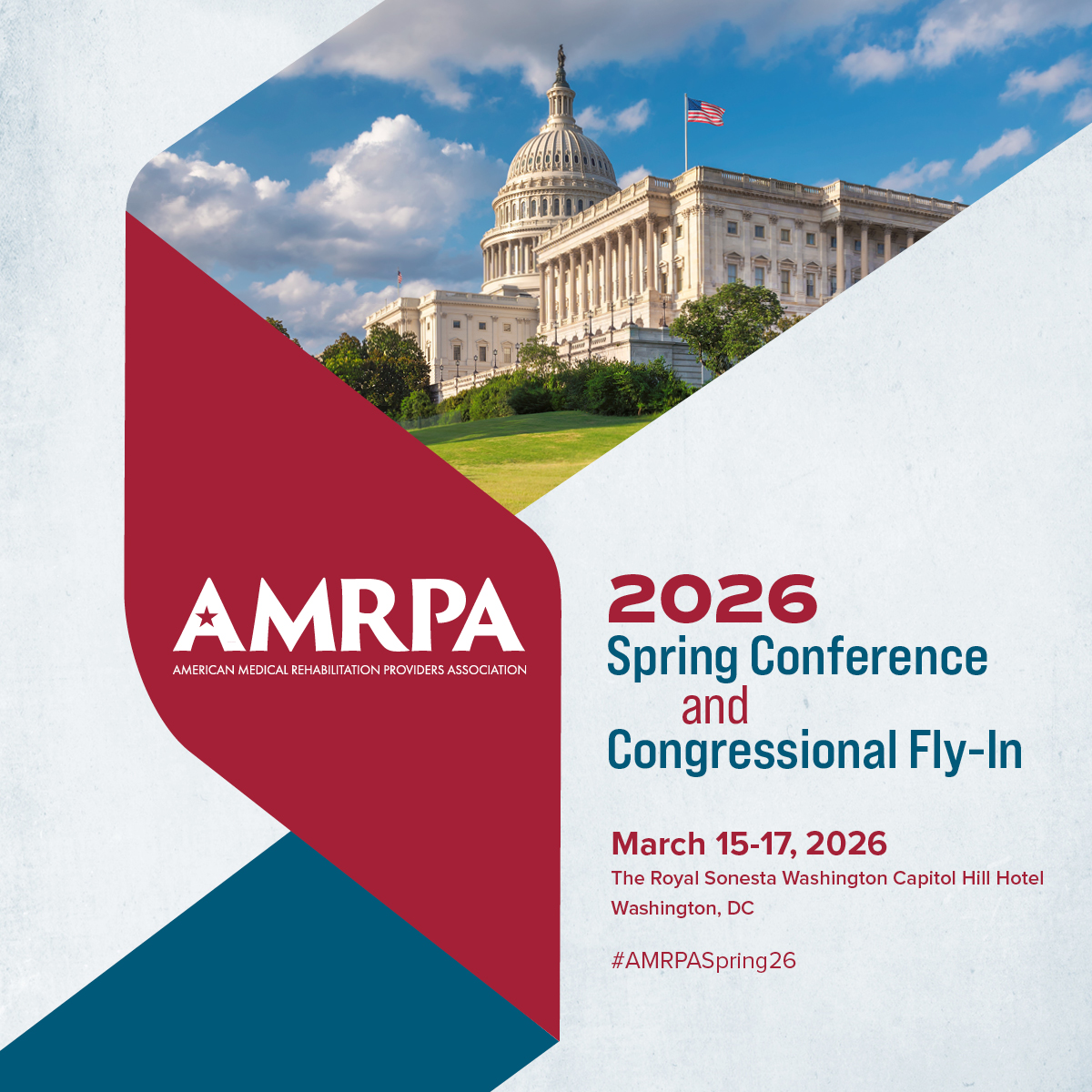Origin Story
How We Got Here
Rehabilitation medicine, with ancient Chinese origins, gained recognition as a vital medical field in the early 20th century, driven by the needs of World Wars I and II. Key figures like Drs. Fred Albee, Henry Kessler, Frank Krusen, and Howard Rusk expanded the field, leading to its certification as a medical specialty in 1947.
Hospitals expanded rehabilitation programs, and specialized centers emerged nationwide, all dedicated to comprehensive patient care.
Initially, the American Rehabilitation Association (ARA) promoted both medical and vocational rehabilitation. In 1997, to better represent medical rehabilitation providers, the American Medical Rehabilitation Providers Association (AMRPA) was established. AMRPA offers advocacy, policy development, education, and support, ensuring providers’ viability in a changing healthcare landscape.
About Us Quick Links
Membership
AMRPA is the nation’s only organization dedicated to inpatient rehabilitation hospitals and units (IRH/Us) and outpatient rehabilitation providers.
History and Highlights of the Growth of Medical Rehabilitation
In 1945, the American Medical Association (AMA) established a section on Physical Medicine and Rehabilitation (PM&R). The following year, the AMA adopted the term “physiatrist,” coined by Frank Krusen in 1938 for specialists in this field.
By 1951, the Joint Commission was founded, becoming a key accrediting body in healthcare. In 1952, the Conference of Rehabilitation Centers and Facilities was established, later evolving into the American Rehabilitation Association (ARA) through several mergers and name changes. The landmark Vocational Rehabilitation Act passed in 1954, providing significant support for disability programs.
The Social Security Act amendments of 1965 introduced Medicare and Medicaid, expanding health coverage significantly. In 1972, Medicare was extended to those on Social Security Disability Insurance (SSDI). The Patient’s Bill of Rights was adopted in 1973, and the Health Maintenance Organization (HMO) Act was enacted the same year.
In 1983, the Inpatient Prospective Payment System (IPPS) was created to promote efficient healthcare delivery. The Balanced Budget Act of 1997 established the Inpatient Rehabilitation Facility Prospective Payment System (IRF PPS), and the American Medical Rehabilitation Providers Association (AMRPA) was formed from the dissolution of ARA to focus on medical rehabilitation.
National Rehabilitation Awareness Week
In recognition of the benefits of rehabilitation and the successes of those who have received treatment through all forms rehabilitation.
AMRPA held its first conference in 1998, setting policy priorities. By 2002, it was offering educational resources and hosting regional meetings. The IRF PPS was implemented that year, and HIPAA was enacted in 2003. AMRPA successfully contested the 75% rule in 2005 and launched the Quality Initiative in 2009 to improve long-term care.
The Affordable Care Act of 2010 included rehabilitation in health benefits, thanks to AMRPA’s advocacy. In 2014, a study highlighted the effectiveness of inpatient rehabilitation facilities. By 2018, AMRPA was involved in advanced payment models, with the field growing significantly.
AMRPA continued its advocacy in 2019 and played a crucial role during the COVID-19 pandemic in 2020, securing regulatory waivers and providing industry-wide support. That year, AMRPA also launched a new website to assist patients and caregivers.
In 2021, AMRPA introduced the Medical Rehabilitation Management Certification (MRMC) and launched the Medical Rehab Matters podcast. It also released research on the role of rehabilitation hospitals during the pandemic. In 2022, AMRPA’s survey on Medicare Advantage barriers spurred prior authorization reform efforts.





